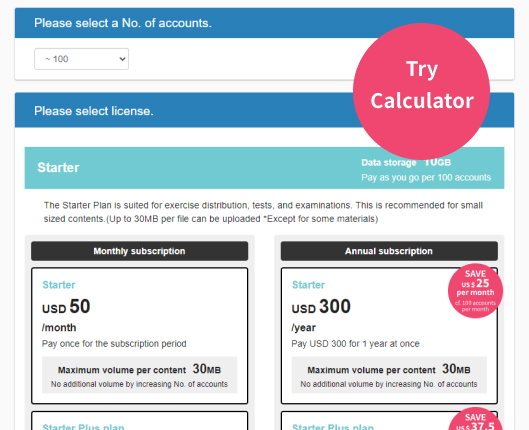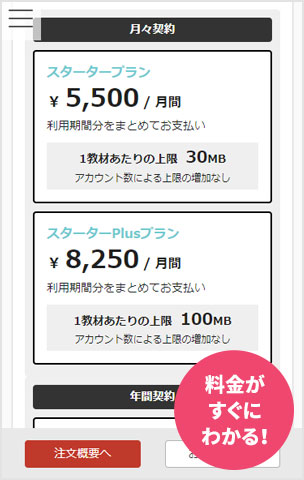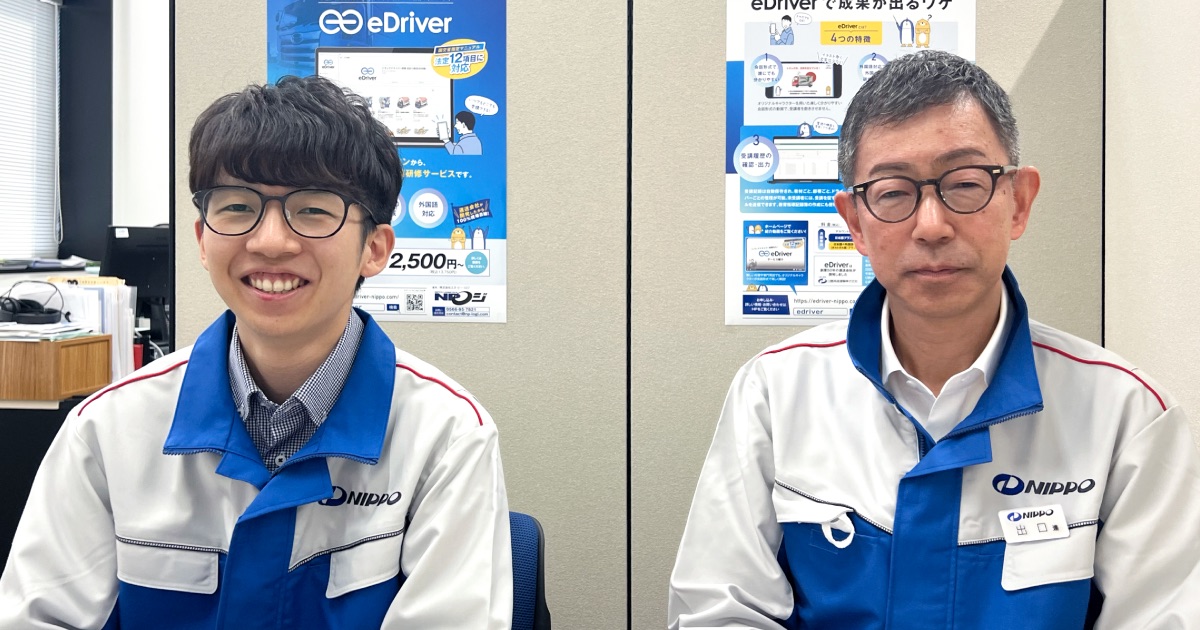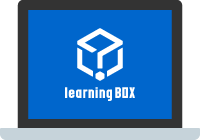Reducing Administrative Burden by 97% and Enhancing Employee Training Effectiveness
Released on
Released on
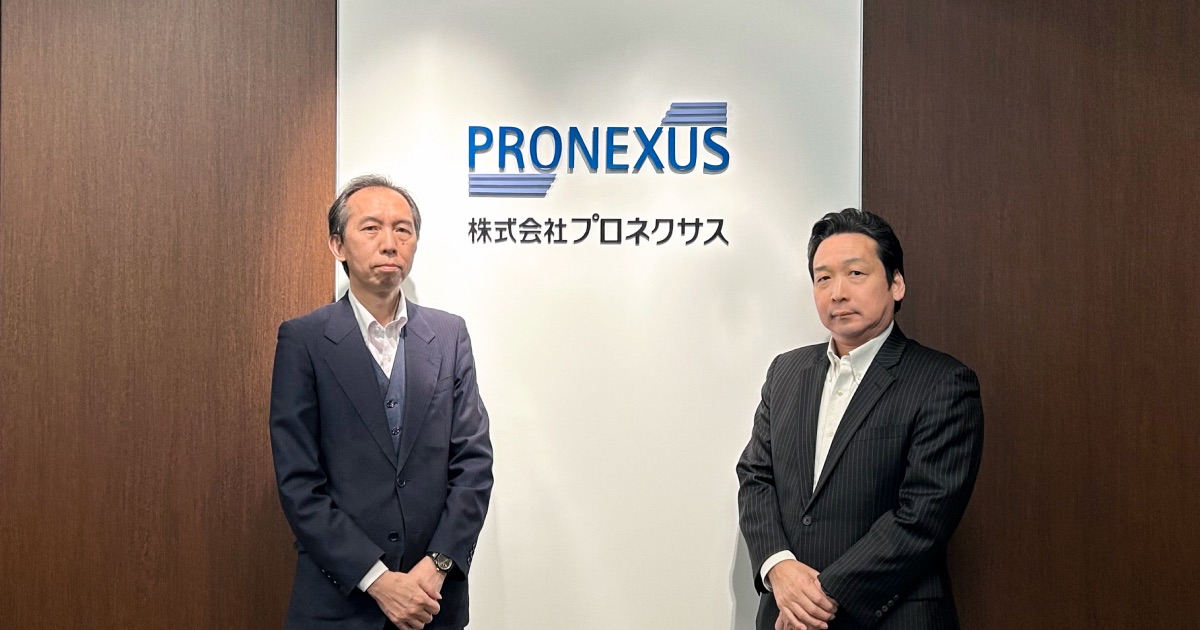
Mr. Masahiro Tsukamoto (left) Mr. Takumi Ito (right)

- The previous e-learning system was outdated and difficult to use, placing a heavy burden on instructors and administrators.
- The system lacked flexibility, requiring users to follow rigid procedures and rely on manuals.
- Training content was limited to static PDFs, which often caused formatting issues and required time-consuming manual corrections.


- Seamless integration with kaonavi for centralized employee data management.
- Intuitive user interface requiring no manuals, enabling quick onboarding and flexible content creation.
- Training can be updated by utilizing short, 10-minute videos, which are well received by employees.
PRONEXUS INC., a leading provider of disclosure and investor relations (IR) support services for publicly listed companies, sought to modernize its employee training system. Facing limitations with their previous e-learning platform, the company implemented learningBOX in 2022. By integrating it with the talent management system kaonavi, PRONEXUS successfully streamlined training operations for approximately 1,500 employees across the main company and its group affiliates.
A Seamless Integration with kaonavi
Can you describe your company's business and your roles?
Mr. Tsukamoto: Initially, we were considering a different LMS that cost around 6 million yen per year. Around the same time, our HR department decided to implement the talent management system Kaonavi.
My role involves quality control across our group companies and re-engineering business processes from the ground up. I also oversee internal system design, maintenance, and information security, including internal audits and log monitoring.
Mr. Ito: I belong to the Quality Control and Business Reform Group. Our team is responsible for reviewing business processes and implementing new systems to drive operational efficiency.
What challenges led you to consider implementing a new e-learning system?
Mr. Tsukamoto: We previously used a small-scale e-learning system that cost around 1 million yen annually. However, it only supported PDF uploads, which caused frequent character encoding issues. Each time we uploaded a file, we had to manually fix the garbled text, which took up to three hours per content piece.
Additionally, the system only tracked user IDs, so we had to manually match them with employee names and departments. This created a heavy administrative burden and limited the system’s adoption.
We used it for biannual training on topics like information security, insider trading, and compliance, but the lack of video support and limited quiz formats made the training passive and uninspiring. There was also a growing demand for real-time tracking of training progress.
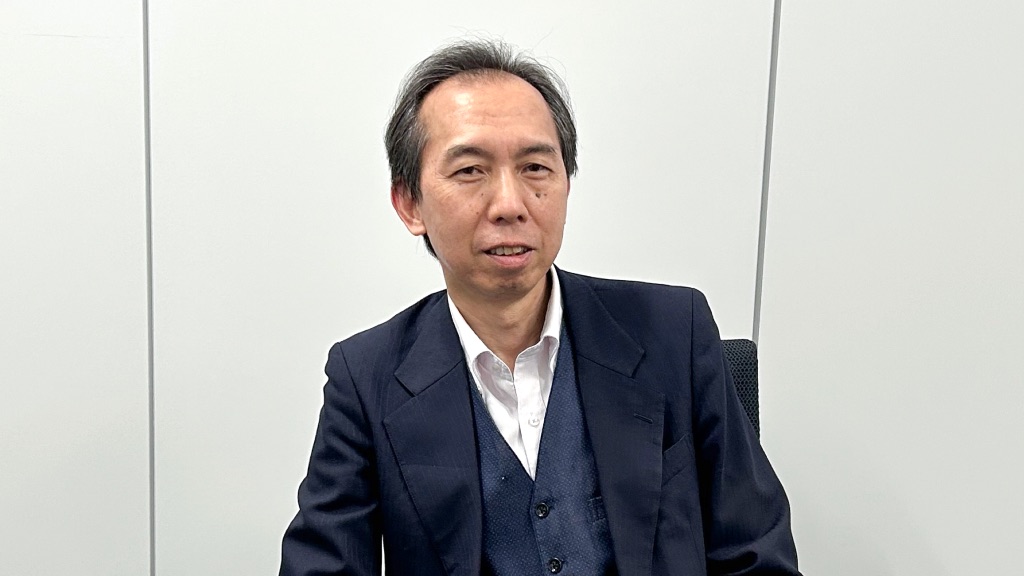
How did you first learn about learningBOX, and what caught your attention?
Mr. Tsukamoto: Initially, we were considering a different LMS that cost around 6 million yen per year. Around the same time, our HR department decided to implement the talent management system Kaonavi.
Our IT team introduced us to learningBOX, which integrates seamlessly with kaonavi and allows centralized ID management. That was a key factor in our decision to move forward with learningBOX.
What were the deciding factors for choosing learningBOX?
Mr. Tsukamoto: There were three main reasons. First, seamless Integration with kaonavi, the ability to centrally manage employee data was crucial for us. Second, intuitive user interface. We were impressed by how easy it was to use learningBOX without needing a manual. It’s flexible—you can create content from either the course or the material level, unlike our previous rigid system.
The third reason was cost efficiency. We opted for a dedicated server (now called Enterprise) due to our strict information management requirements. Surprisingly, the cost was much lower than expected. After a thorough evaluation, we officially implemented learningBOX in 2022.
Great Feedback from Employees
What has been your experience with learningBOX’s customer support?
Mr. Ito: The support has been excellent. Even when answers aren’t immediate, the team always follows up thoroughly. We trust them completely.
How are you currently using learningBOX?
Mr. Ito: We conduct regular company-wide training sessions on information security, insider trading, and compliance. These are scheduled within specific timeframes. Including ad-hoc sessions, we’ve launched over 60 training programs in the first year alone, with more than 20 instructors involved.
Regarding the training content, we assign Management roles to instructors, and some of them have uploaded over 200 short videos in just three months. Others are building a content library and using surveys effectively. Access logs show that employees are engaging with the platform more than 20 times a year.
Mr. Tsukamoto: We have around 1,000 employees and 500 group company members using the system. Despite the large user base, we’ve had no issues with permission settings or user management.

You’ve made great use of short videos. Can you tell us more?
Mr. Ito: We use PowerPoint Material Import to create videos and have subscribed to the “PowerPoint Import” option. This allows us to add animations and narration, making the content more engaging. It’s been very well received by employees.
What feedback have you received from learners?
Mr. Ito:Comp&ared to our previous system, employees have nbsp;said the training is “much easier to understand” and “a dramatic improvement.” Instructors appreciate being able to manage and monitor training remotely. Many are excited to explore the platform’s rich features.
Have you encountered any challenges in managing training?
Mr. Ito: One issue is that while we can duplicate training content, we can’t duplicate the assigned participants. This means we have to reassign them manually, which adds extra work. It would be helpful if both content and participants could be duplicated together.
Are there any other operational challenges?
Mr. Ito: We’re still optimizing the kaonavi integration. Our organizational structure is complex, and sometimes the API doesn’t read the hierarchy correctly. This makes it difficult to manage employee statuses, such as those on parental leave, and we occasionally have to handle things manually.
Mr. Tsukamoto: When employees change departments, they may be removed from assigned training, which is another issue we’re working to resolve.
Mr. Ito: These challenges are more related to how our employee data is structured in kaonavi, rather than a problem with learningBOX itself. We’re hoping to improve this through further collaboration.
What features of learningBOX do you find most user-friendly?
Mr. Ito: With our previous system, setting up training was time-consuming. Now, if the materials are ready, instructors can launch a course in under an hour.
Mr. Tsukamoto: The intuitive interface is a huge plus. We no longer need to read through manuals to get started.
Dramatical Time and Cost Savings
What measurable benefits have you seen since implementing learningBOX?
Mr. Tsukamoto: We’ve seen significant time and cost savings. Let me share some of them.

*Surveyed by PRONEXUS
The ones of the main time-consuming tasks were managing new hires and leavers, and content previews. Since we have lots of employees, it took tens of hours to check and review the information, but now we can manage employees easily and track uncompleted training with a simple search.
Content previews used to suffer from layout and color issues, but those problems are gone.
In addition, we’ve saved 60 hours annually on compliance training operations, translating to a cost reduction of approximately 1.5 million yen.
Has the Kaonavi integration delivered the expected benefits?
Mr. Tsukamoto: Absolutely. Previously, exporting and importing user data via CSV took one person two full days (15 hours). Now, with Kaonavi integration, the same task takes just 10 minutes.
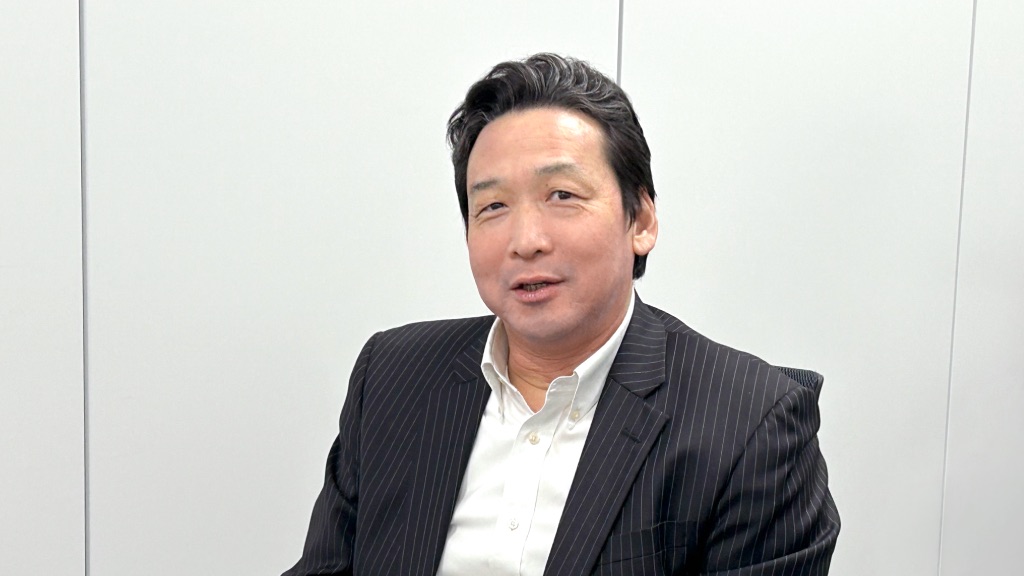
Have there been any other changes since adopting learningBOX?
Mr. Ito: Some instructors are using the platform to build a knowledge library with essential reading materials and best practices. We’re also seeing more group-specific training sessions, which shows how versatile the platform is.
What are your future plans for learningBOX?
Mr. Ito: We want to use learningBOX as a knowledge-sharing platform, not just for scheduled training. Our goal is to create a “knowledge hub” for the entire company.
Mr. Tsukamoto: We’re also considering sharing our training content with partner companies. Many of them lack the resources to conduct their own training, so we’d like to support them by offering our content through a dedicated subdomain.
Additionally, we want to expand training to include temporary and seconded employees, although there are still some hurdles to overcome, especially when their data isn’t available in Kaonavi. We’re also looking to explore more of learningBOX’s features and continue improving our internal processes.
Thank you for your participation
.
